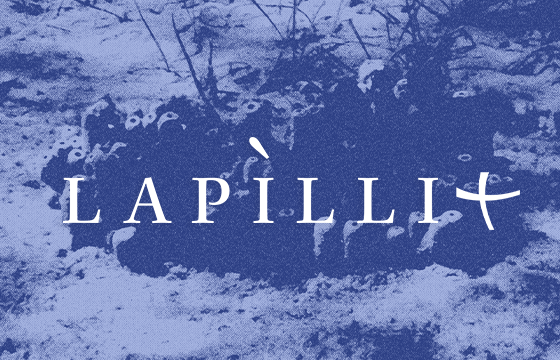With this special complimentary issue of Lapilli+, we want to wish you all some rest and quality time before the new year. In this newsletter, we highlight some of the stories that we have worked on or that have particularly moved us in 2023. We put a lot of love and passion into the making of our newsletters. So we’d like to invite you once more to support our work and upgrade to the Lapilli Premium plan. For those who do so by December 31, we will provide a PDF with the seven Lapilli+ issues published in the past year. It can be tricky to upgrade your subscription on the website so feel free to reach out to us via email to ask for support or to simply send us 12 euros via Paypal (and we will upgrade your account for a year). We are happy to consider your circumstances and please do not hesitate to contact us in case you would like a complimentary subscription. We are always open to feedback, too.
See you next year in your inbox (or earlier on LinkedIn and Instagram). Happy holidays!

This year, after a hiatus due to the pandemic, I've finally resumed traveling. Alongside Davide Mancini, we traveled through Belgium, Spain and Southern Italy, focusing on a little-known form of microplastic pollution: tiny granules called pellets, or nurdles.
These spheres, derived from the refinement of oil and natural gas, serve as the foundation for everyday items, including packaging, automotive components, construction and electronics. Annually, an estimated 167,000 tons of these granules — nearly as much as the combined plastic recycling efforts of Denmark and Sweden — enter the European environment, either leaked from plants or lost during transport.
Experts say the consequences of this ubiquitous contamination are far-reaching, impacting ecosystems and human health alike. Still, nurdles remain overlooked in the plastic pollution debate. There are currently no mandatory regulations at both the international and European levels compelling companies along the supply chain to implement proactive measures for preventing nurdle loss or reporting pollution incidents. Similarly, most national governments lack rules for monitoring and cleaning up nurdle spills when they do occur. The findings of this still ongoing investigation have been published by various European outlets in multiple languages.
But we're not stopping here: Davide and I are already working on our next project addressing the consequences of excessive fertilizer use in European agriculture. Stay tuned.
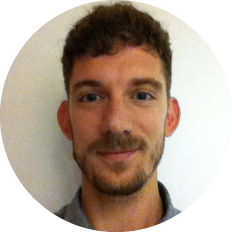

I have, once again, spent a good part of this year addressing the theme of water: not only about the Mediterranean Sea and its “water body” that connects three continents but also in the complete water cycle from its fall as rain to the path that leads it to the sea. With Marcello Rossi, we are now concluding our journey following small particles of plastic that flow from rivers into the sea, where they remain and accumulate.
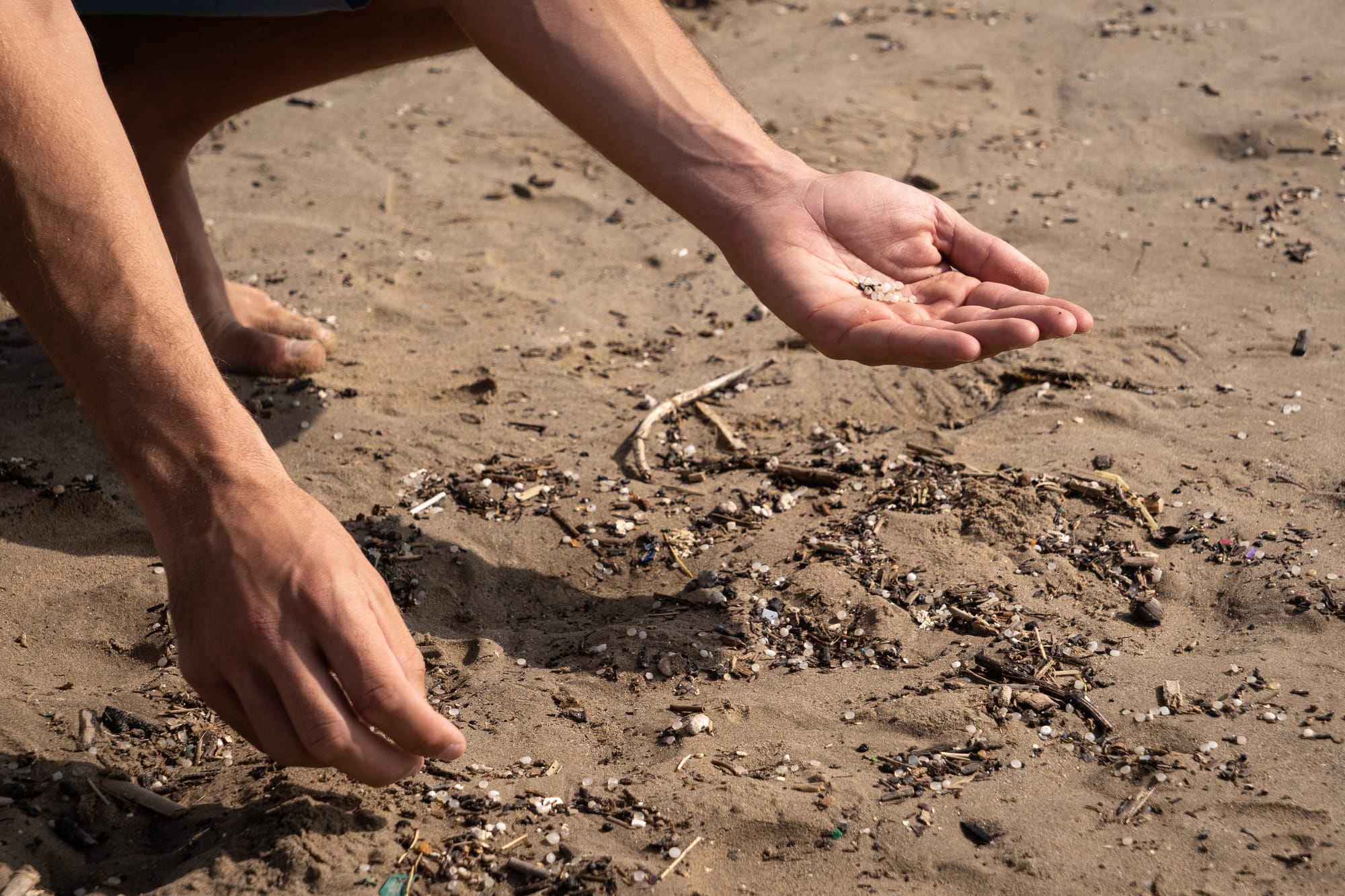
Similarly, we are studying how the nutrients used in agriculture — which often contribute to complex alteration of aquatic biodiversity and pollution of water — can be addressed with stricter regulations and a different approach to agriculture.
This year, I moved to Andalusia, a land where rainy days are celebrated. It inspired me to study traditional irrigation systems, from which there is much to learn due to their structure that is designed and implemented in harmony with the ecosystem.
The traditional irrigation systems will also be one of my upcoming projects for the beginning of 2024. I hope it will prompt reflection on the need to take care of water flows in a rapidly changing climate. This climate change, however, should be interpreted not as a continuous catastrophe but rather a continuous adaptation, in which humans see themselves as part of an environment that welcomes them.
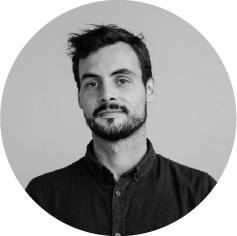

In early September, storm Daniel struck Bulgaria, Turkey and Greece, evolving into a Medicane before approaching the northern coast of Libya, where it unleashed havoc in the city of Derna (Lapilli 10/23). The scale of devastation was staggering, with more than 12,000 casualties and a quarter of the city reduced to ruins. This catastrophic outcome was exacerbated by man-made factors that significantly intensified an already unprecedented climate change-related weather event. Simply put, an extraordinary amount of rain flooded an ephemeral river in the dead of night. As this torrent surged toward the sea, it amassed behind two poorly maintained dams constructed decades ago to contain flash floods. Both dams succumbed to the pressure and ruptured.
Within minutes, as residents slept in their homes, a deluge of mud and debris engulfed the city of Derna, obliterating everything in its path. No alarms were sounded and no evacuation orders were issued. In the following days and weeks, rescue and reconstruction efforts were hampered by Libya's unstable political situation. To this day, more than 40,000 people remain displaced, underscoring the magnitude of the disaster.
This tragedy serves as a harbinger of future events. According to scientists, while Medicane occurrences may decrease in frequency, they are expected to become more intense, posing a heightened risk to coastal areas around the Mediterranean that may not be adequately prepared. The Derna incident stresses the need for proactive measures to mitigate the most severe impacts of climate change. This includes enhancing early warning systems, maintaining riverbeds and infrastructure and strategically planning urban development away from hazard-prone areas.
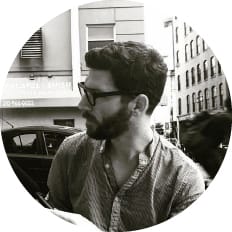

I prepared the October issue of Lapilli+ which was focused on climate change as it is documented through photography. The Magma editorial team — which meets every Thursday, either in the morning or at after lunch depending on the time zone — had tried to imagine a common thread, beyond the theme of climate, to link together the work of several photojournalists. Once we settled on five photographers to profile, we started reaching out and interviewing them.
To trace the work of photographers who have documented one of these natural elements and how they correspond to the changing climate, we researched articles, in-depth reporting on news sites, photojournalism sites and various social media posts. Once we settled on five photographers to profile, we started reaching out and interviewing them.
Gaia Squarci had arrived in Kenya just a few hours before we spoke on the phone about her work, The Cooling Project, in collaboration with the Ca' Foscari University of Venice. But how do you photograph the element of air, such an ephemeral element — transparent, inconsistent, odorless — and, at the same time, the catalyst of increasingly alarming summer bulletins? Squarci did that by traveling to three continents and creating a visual narrative to a story also made up of numbers, statistics and degrees.
M'hammed Kilito, who had been on a business trip, provided a detailed testimony of his work in Morocco, which focused on oases, ecosystems in danger. Thus, we linked his work — which earned numerous awards including the 2023 World Press Photo contest in the long-term projects category for the Africa region — to the earth element.
With Alessandro Penso, Andrea Mantovani and Brais Lorenzo, we chased each other via email and on social media as photographers are often traveling organizing workshops, attending a festival or preparing for the next assignment. But it was worth the wait.
For the element of water, Penso captured its “overabundance” through images of the flood in Emilia-Romagna, where he found himself in the wake of the Lamone river as it overflowed.
Mantovani documented water in its solid form as ice and its scarcity as the snow on the Alpine slopes thins. She captured the mutability of these places, describing with care and sensitivity the impact of climate change on the landscape and the population’s traditions and identity.
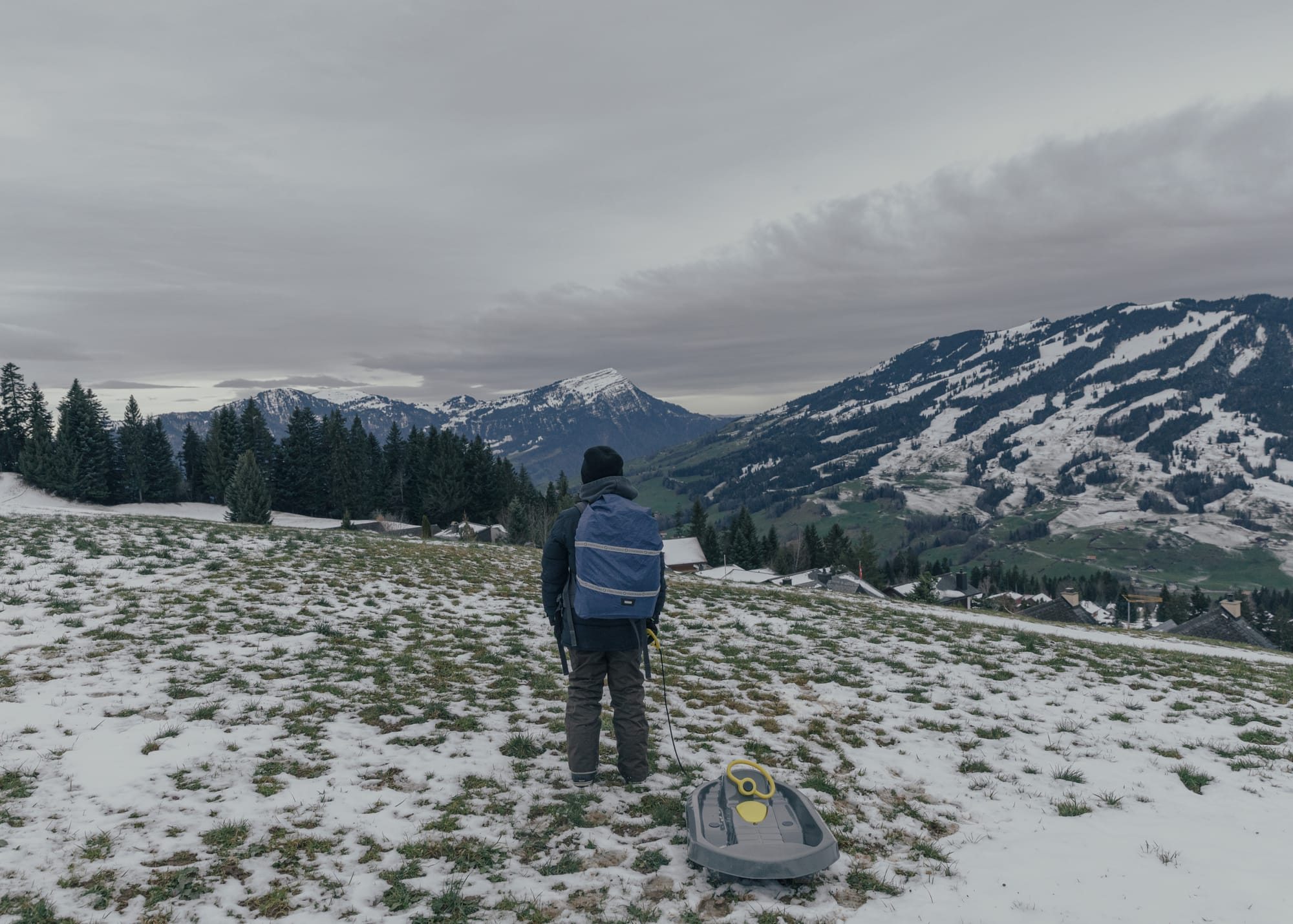
Finally, Lorenzo photographed with a drone landscapes destroyed by the element of fire, specifically the scorched lands in northwestern Spain, documenting frustration for the region’s lost naturalistic heritage and the sense of helplessness.
In elevating the perspective and voices of these five photographers, I couldn’t help but think about how the climate crisis that we talk and read so much about, that scares us, is remarkably visible to the human eye. And it keeps revealing itself, like the tufts of grass emerging from patches of snow covering the slopes of Sattel, due to the unusually warm temperatures.
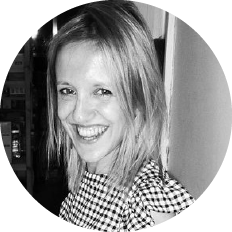

When I reflect back on 2023, vivid images of fishing ports in Cyprus and Greece crystallize in my mind. I think of the fishers I spoke with and the exotic and invasive creatures I saw — and in a few cases tasted — in those countries, starting with lionfish. A few weeks after I returned from Greece last June, this colorful and voracious species was spotted off the coasts of Calabria, in southern Italy, too. So I think of the stories I wrote in the past years on the new inhabitants of the Med, which were recently republished on Magma’s website, and what this project has meant for me — something I reflected on in this short essay.
Then I think of the very first Lapilli+ and the chat I had with marine scientist Jason Hall-Spencer about the expansion of the lionfish in the Mediterranean and also of the following ones and how transformative they have been for me: Talking about environmental emotions with journalist and author Irene Baños and psychologist Lorenzo Ciabini from the Italian Climate Change Anxiety Association helped me learn more about my own ecoanxiety. Interviewing diving instructor and traveler Lucio Bellomo and reading his book on sailing from one small island to another allowed me to virtually explore new places at a time when I was not able to travel much. I was fascinated by the newsletter dedicated to acequias, an ancient irrigation system my colleague Davide Mancini has been reporting on, which is still in use in southern Spain and helps water recharge aquifers. And I found my colleague Lucia De Stefani’s work on the changing climate through the lens of photography eye-opening and extremely stimulating. I still have very vivid images come to mind of the recent November flooding event that hit Tuscany and the words that Paride Antolini, the local president of the geologists’ order, said to my colleague Guglielmo Mattioli in the aftermath of the floods that devastated a big portion of Emilia-Romagna last May.
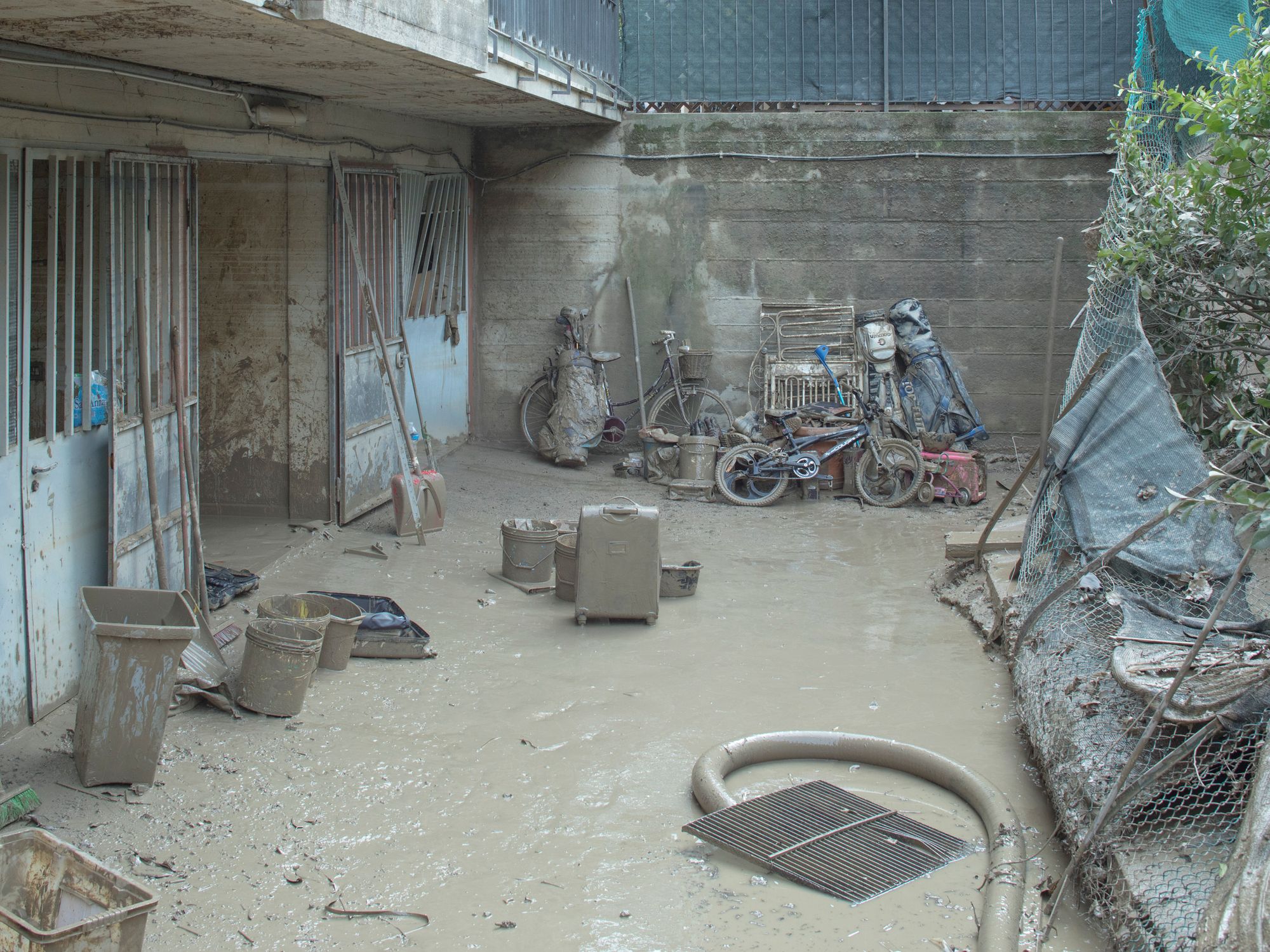
All this makes me think how much this project and the newsletters we publish each month help me transform at least my eco-anxiety into something actionable: a community that questions the many facets and complexities we are living in while also seeking solutions.
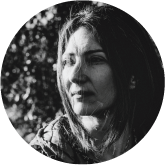
That's it for this month. Thank you for reading this far. See you in 2024.
If this newsletter was forwarded to you, you can subscribe here to continue receiving it. We put a lot of time and love into making Lapilli+, so we think it's fair to ask less than the cost of a coffee for it. Please switch to the Lapilli Premium plan here; it includes a free two-month trial.
Lapilli+ is a monthly newsletter with original content about the Mediterranean and its environment curated by Magma. Here you can read Magma's manifesto.

